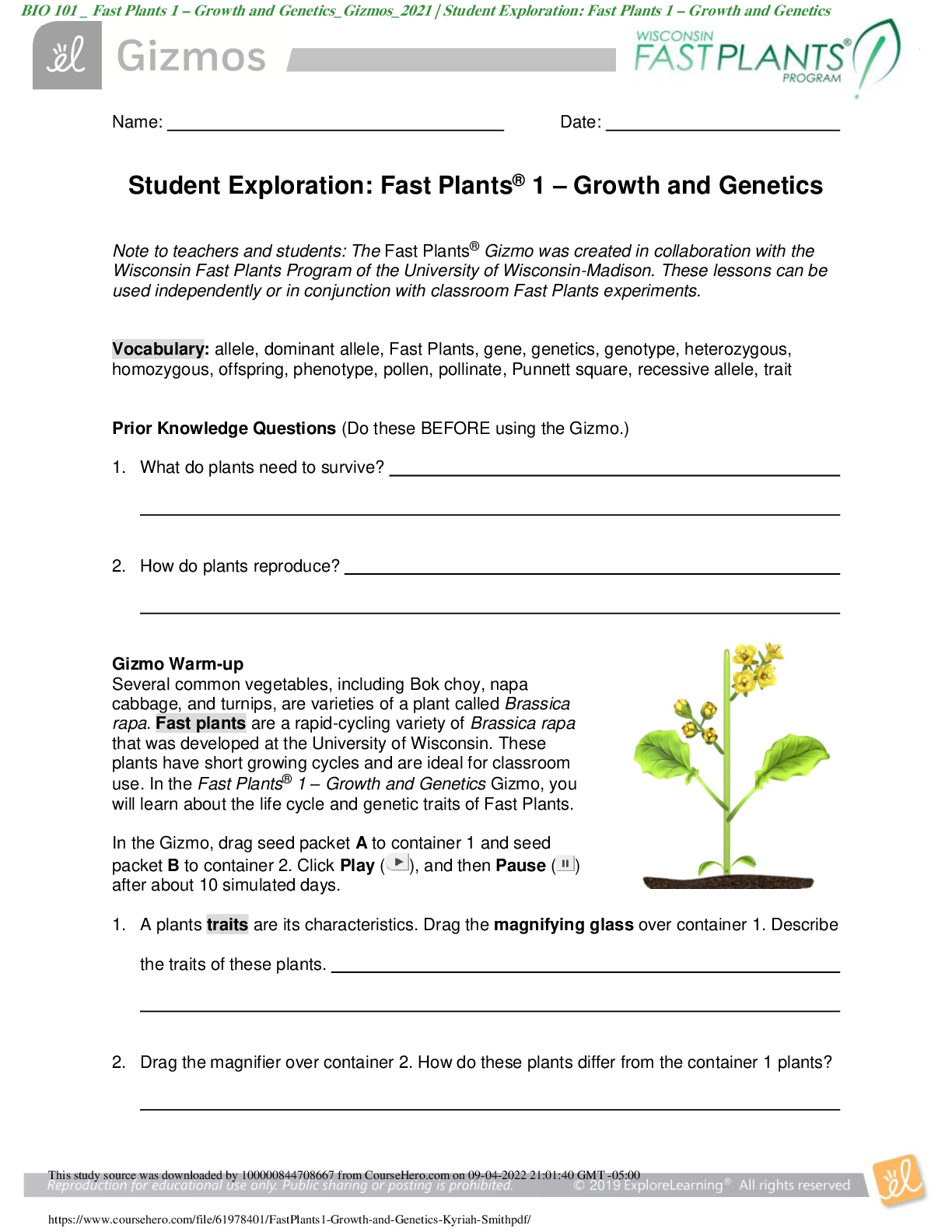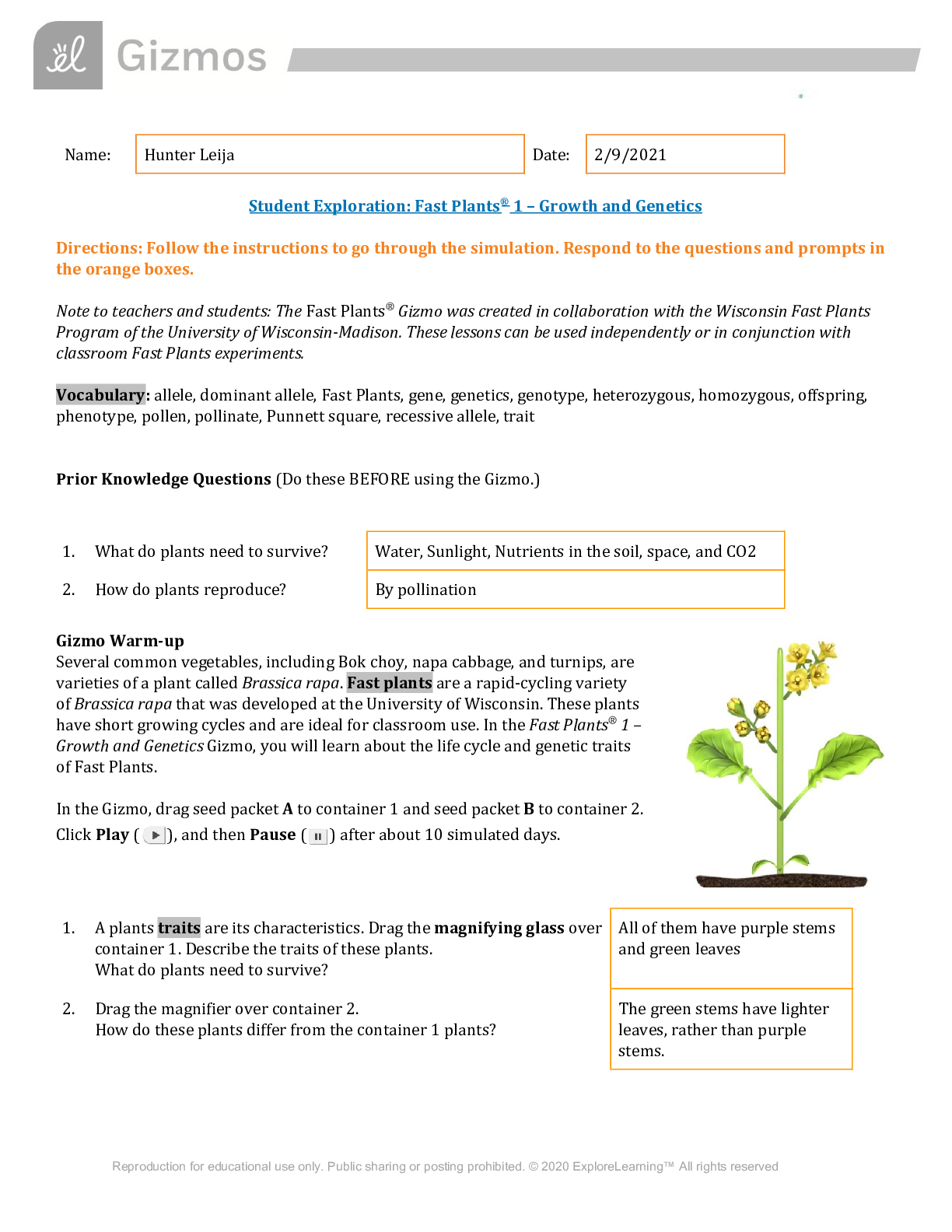GIZMO Nuclear Reactions-ALL ANSWERS CORRECT-GRADED A2020
Document Content and Description Below
Vocabulary: chain reaction, CNO cycle, catalyst, deuterium, electron volt, fission, fusion, isotope, nuclear reaction, positron, positron emission, proton-proton chain Prior Knowledge Questions (... Do these BEFORE using the Gizmo.) The chart to the right gives the isotope name, element name, number of protons, and number of neutrons of three isotopes. 1. What do you notice about the isotope number and the sum of protons and neutrons? 2. The element symbol for uranium-238 is . This means U-238 has a total mass of 238 and contains 92 protons. Write the element symbols for the isotopes in the table: Hydrogen-1 Carbon-12 Uranium-235 Gizmo Warm-up The Nuclear Reactions Gizmo simulates a particle accelerator. Particle accelerators speed up atoms to very high velocities, then crash the atoms together with enough energy to cause changes called nuclear reactions. There are three particle beams available in this Gizmo, protons, neutrons, and helium-3 nuclei. 1. Click Fire Proton to engage the first particle beam. What happens? 2. Colliding particles don’t always react. Click Reset, and then click Fire neutron. A. Does a reaction occur? B. Explain: Activity A: Proton-proton chain Get the Gizmo ready: • Click Reset. • Be sure Proton-proton is selected in the Reaction menu. Introduction: All stars turn hydrogen into helium in a process called nuclear fusion. Stars perform this process in different ways. In stars like our sun, the proton-proton chain is used. This reaction requires temperatures greater than 4,000,000 K to occur. Question: How does the process of fusion turn hydrogen into helium in stars? 1. Observe: Click Fire proton and observe. What happens after the proton merges into the nucleus? This is a form of nuclear decay called positron emission. During positron emission, a proton decays into a neutron. In this process, it emits a positron, which is a nearly massless antimatter particle with a positive charge. 2. Observe: Click Reset and click Fire proton. Observe what happens. Many subatomic particles appear frequently in nuclear reactions. Their element symbols are given below: Neutron Positron Electron Proton (Neutrinos are also produced but are beyond the scope of this Gizmo.) Click Reset and click Fire proton. Turn on the Write equation checkbox. Based on what you have observed, write in the equation for this reaction in the Gizmo and below. [Show More]
Last updated: 1 year ago
Preview 1 out of 13 pages

Reviews( 0 )
Document information
Connected school, study & course
About the document
Uploaded On
May 21, 2021
Number of pages
13
Written in
Additional information
This document has been written for:
Uploaded
May 21, 2021
Downloads
0
Views
84







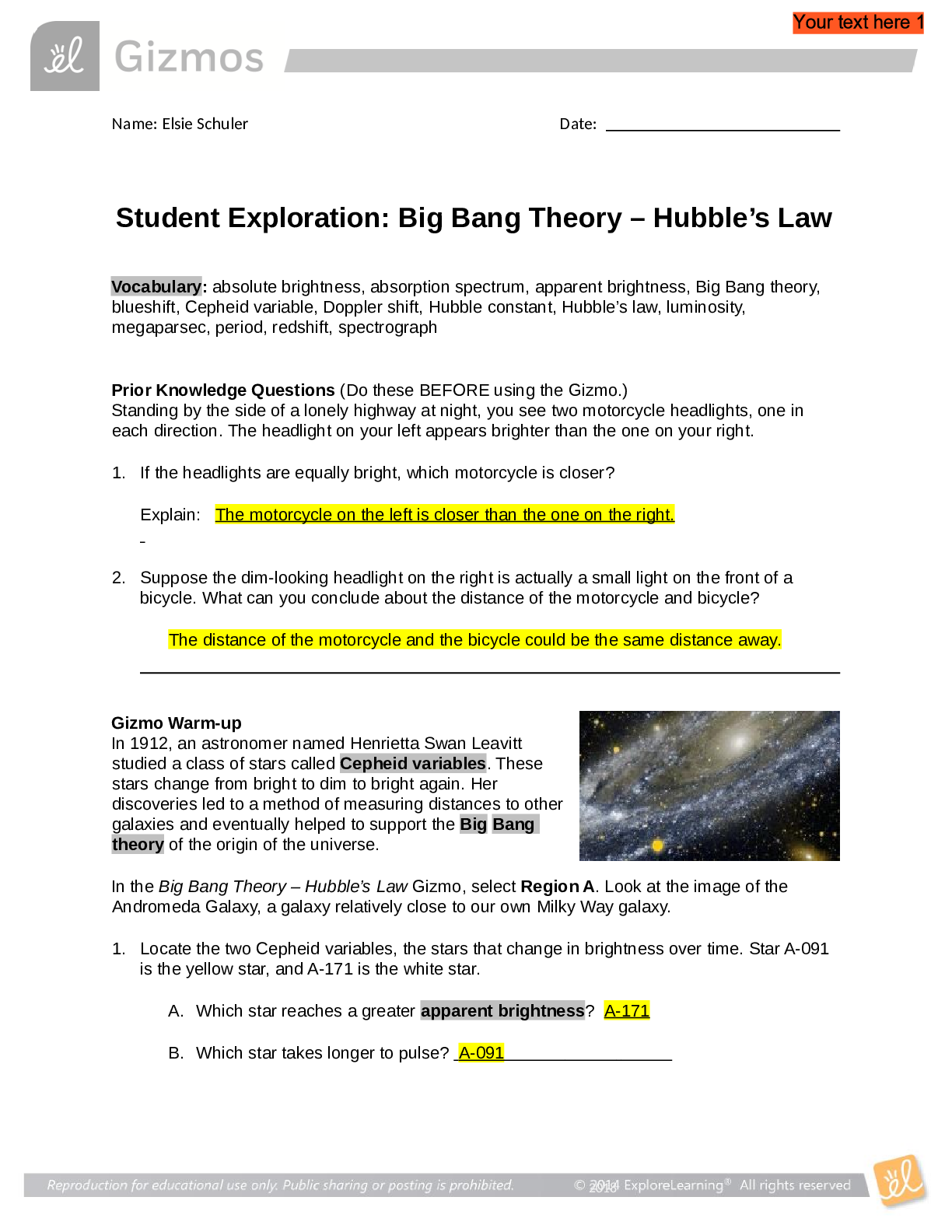
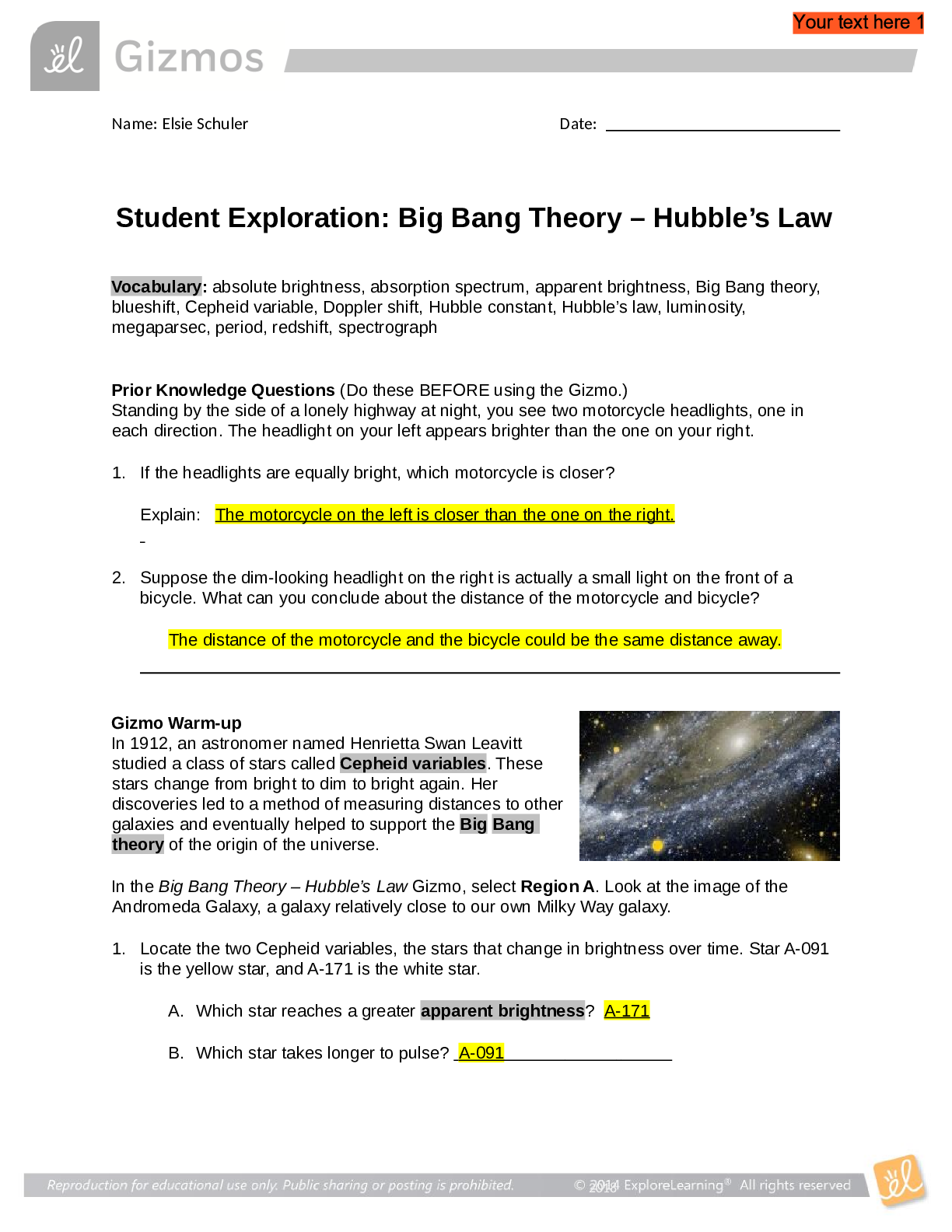
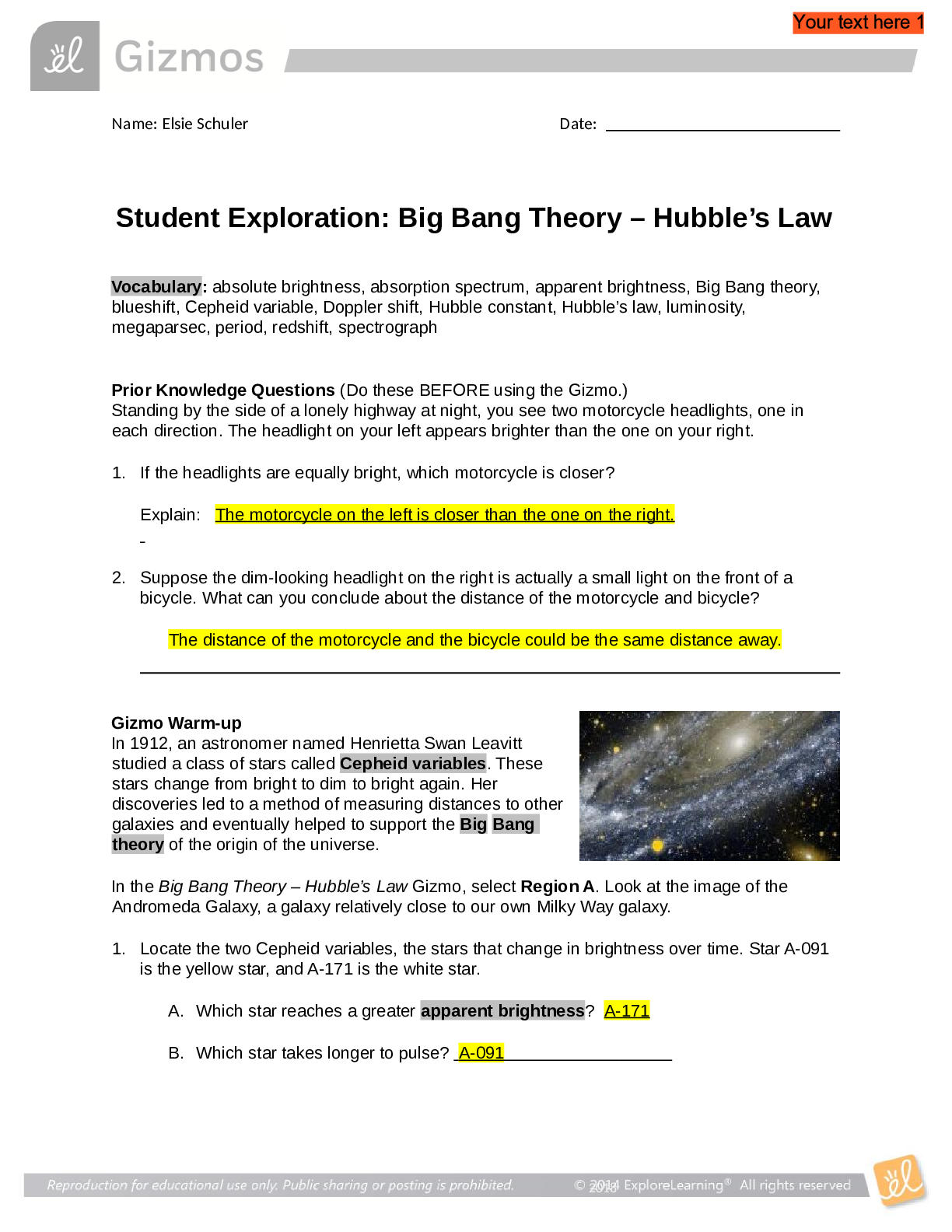
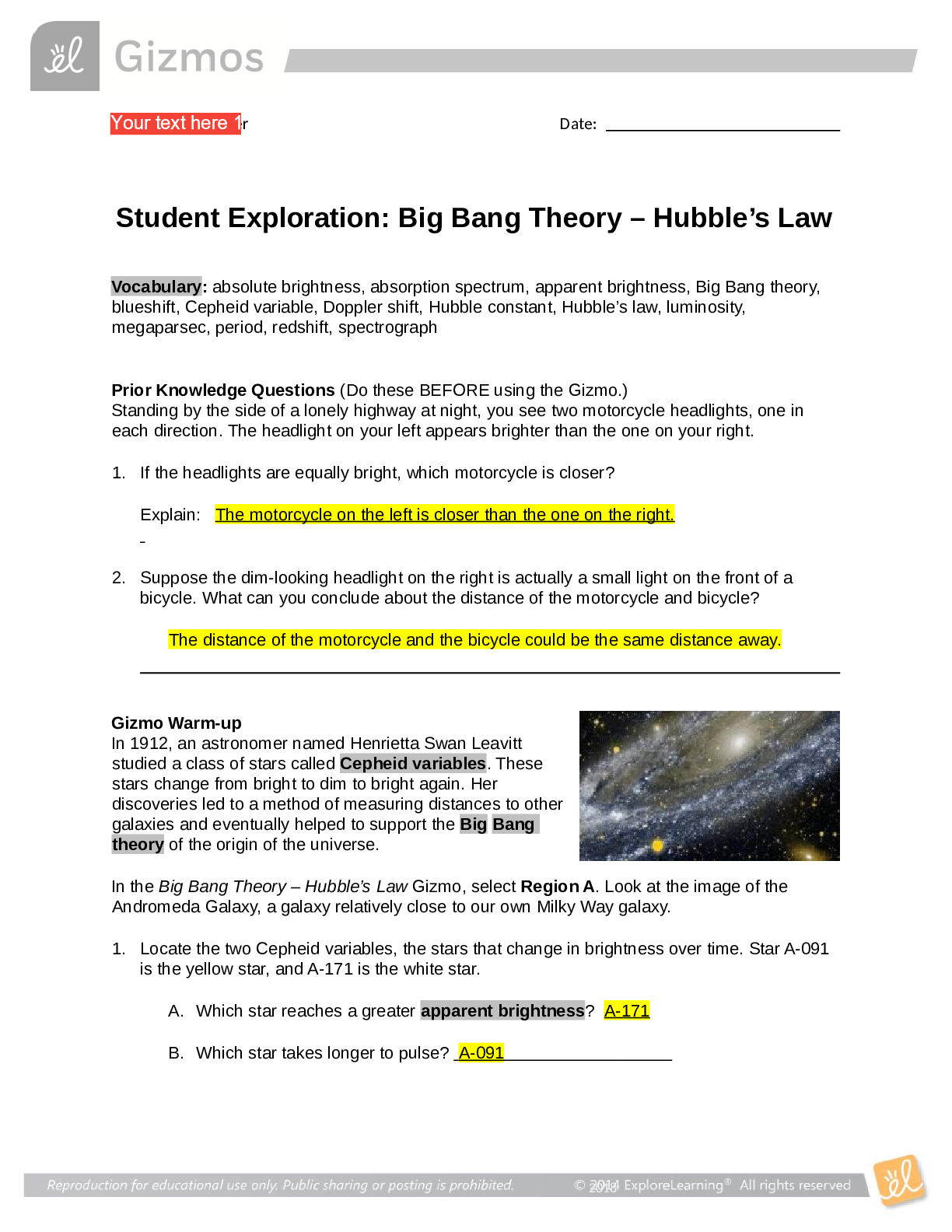
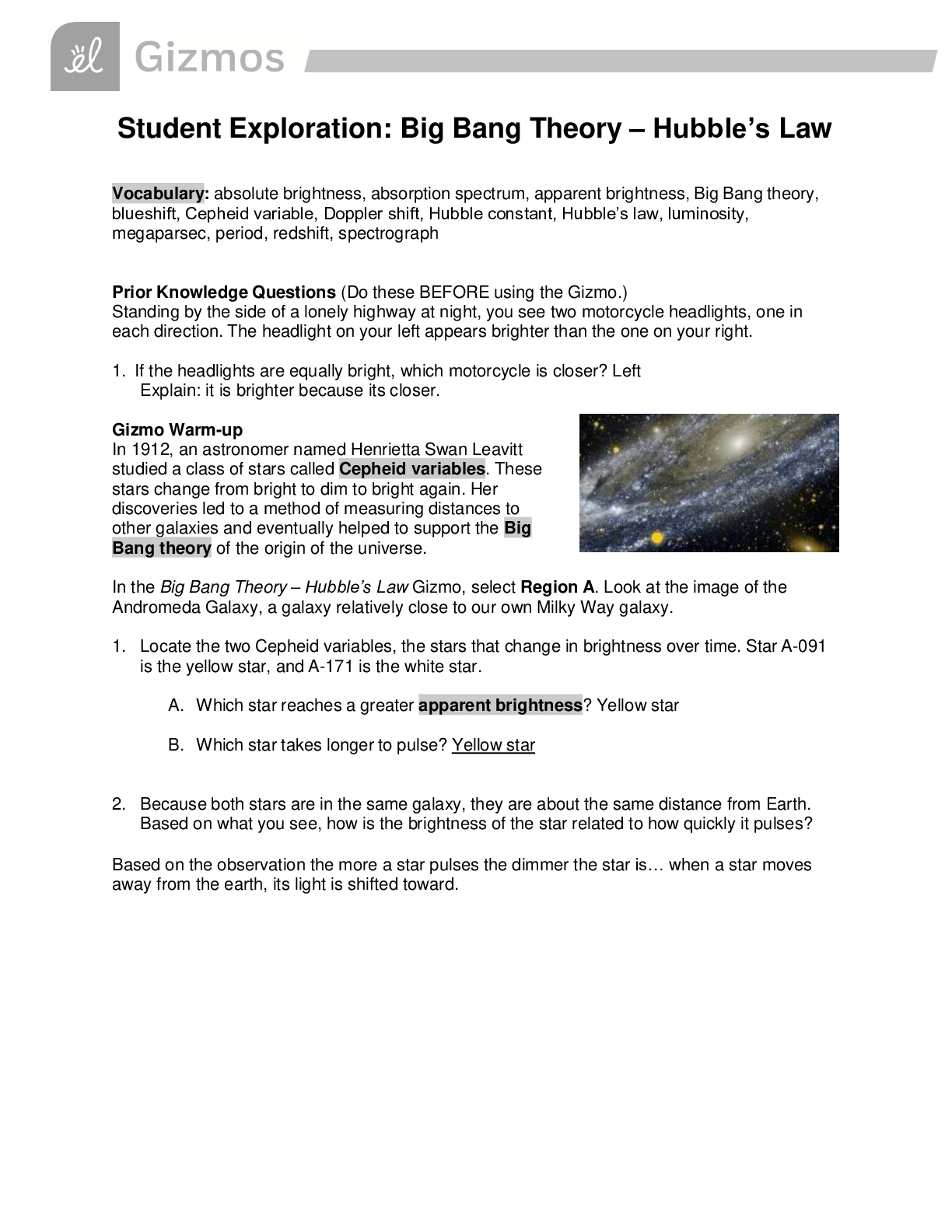
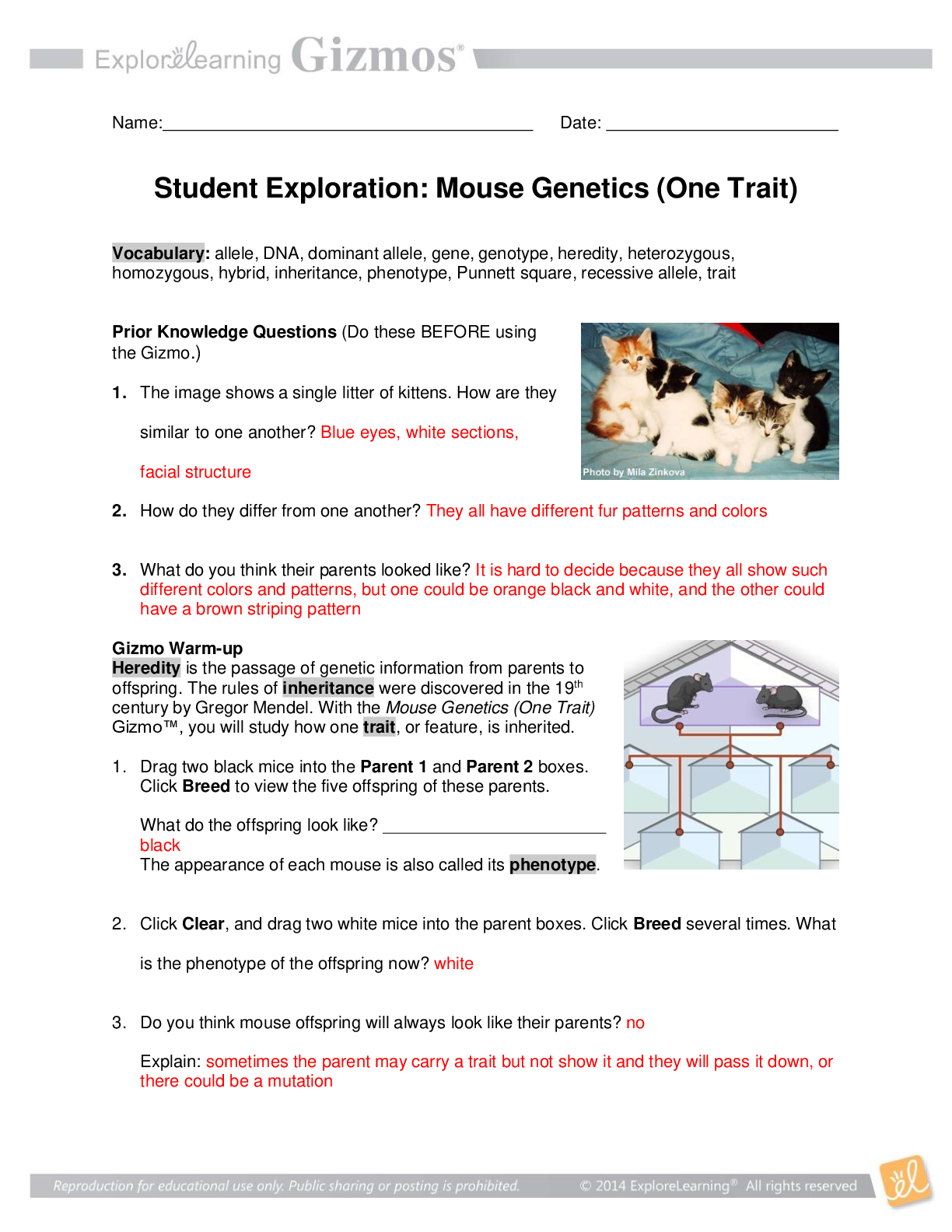
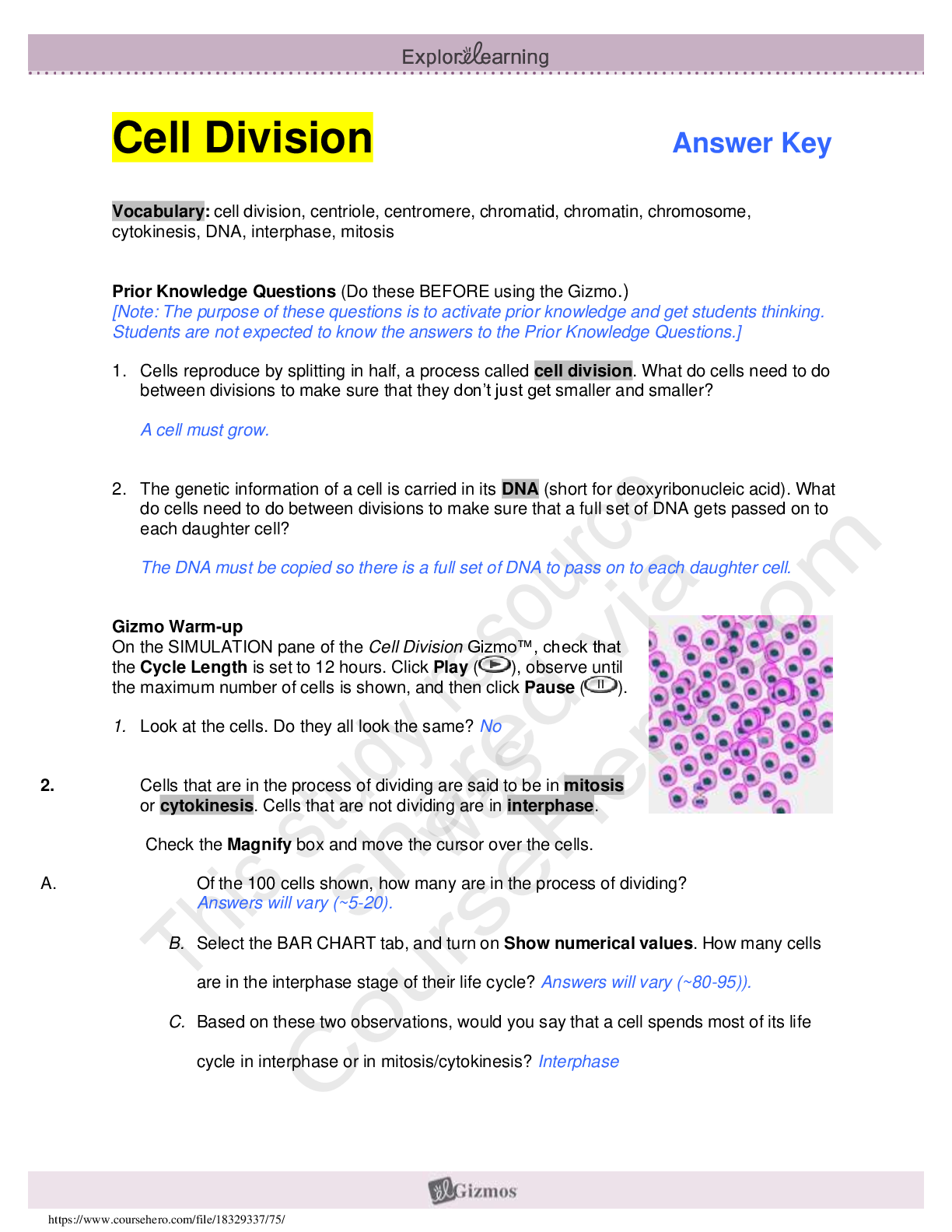
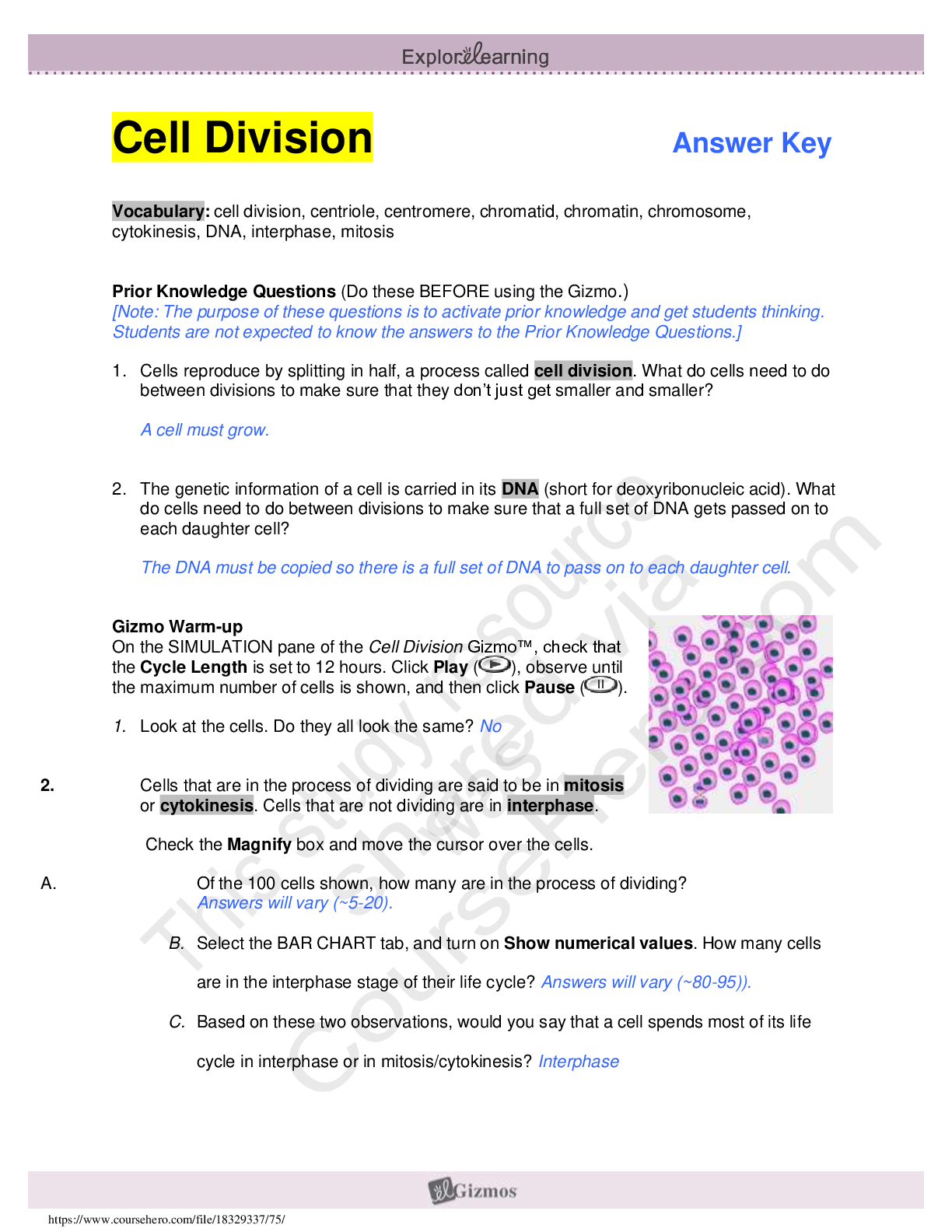
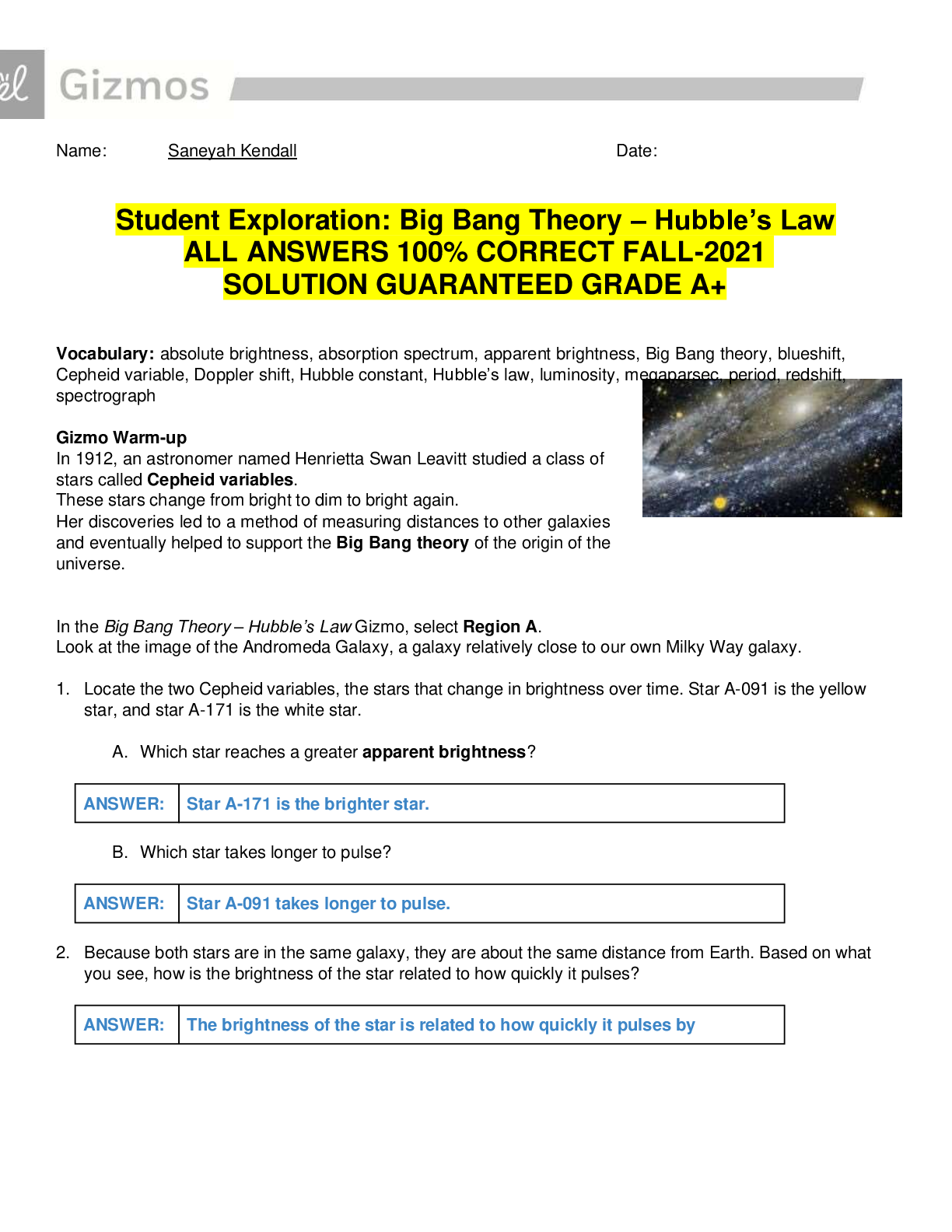
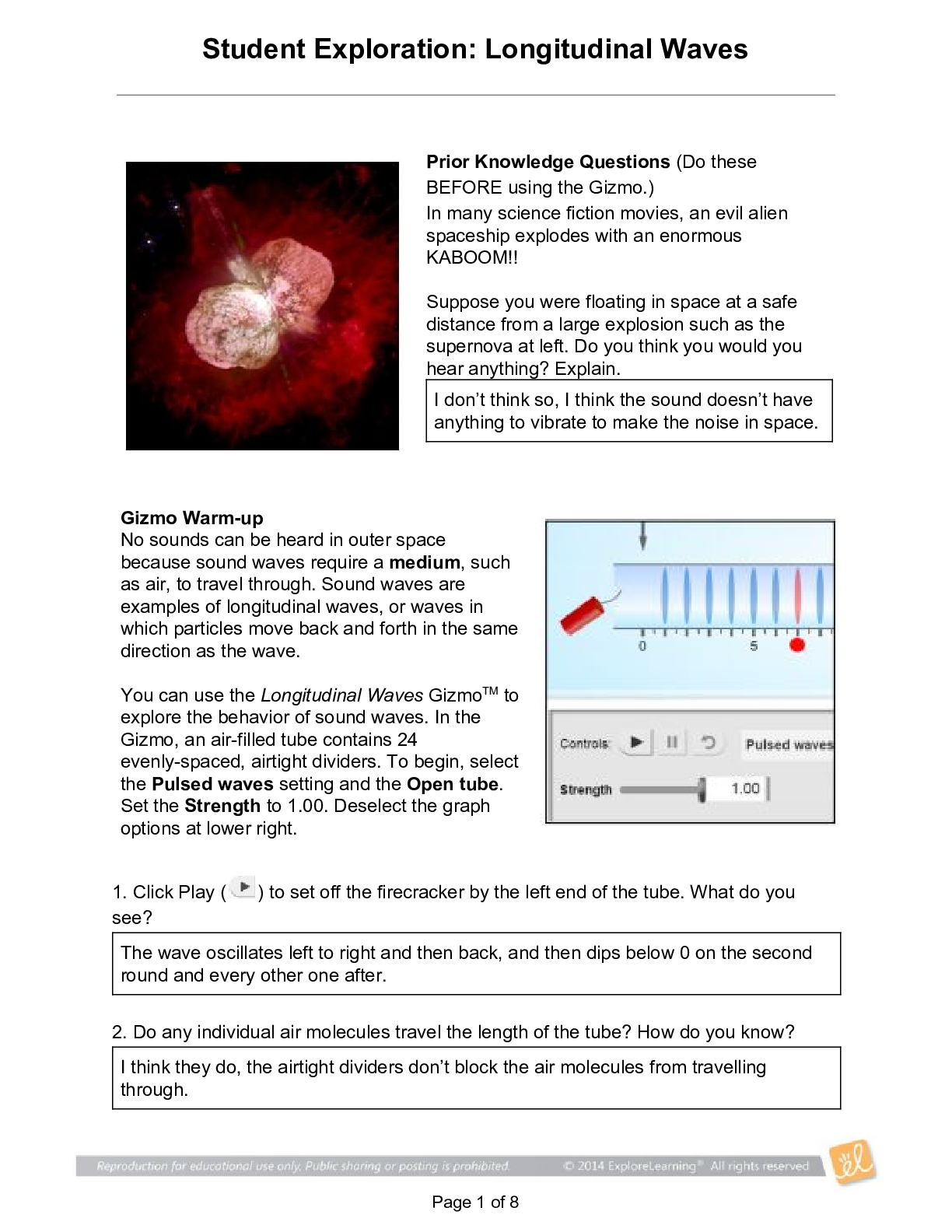
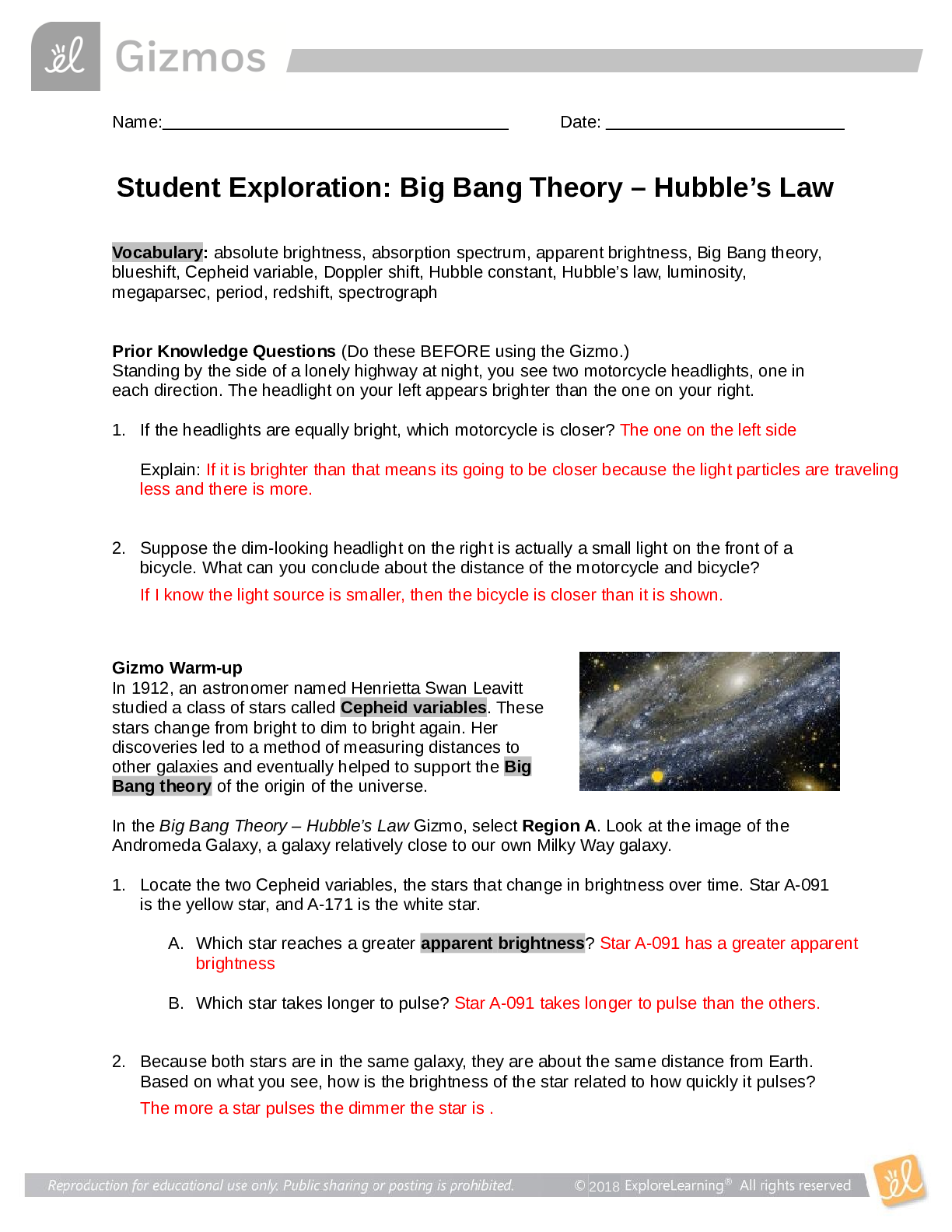
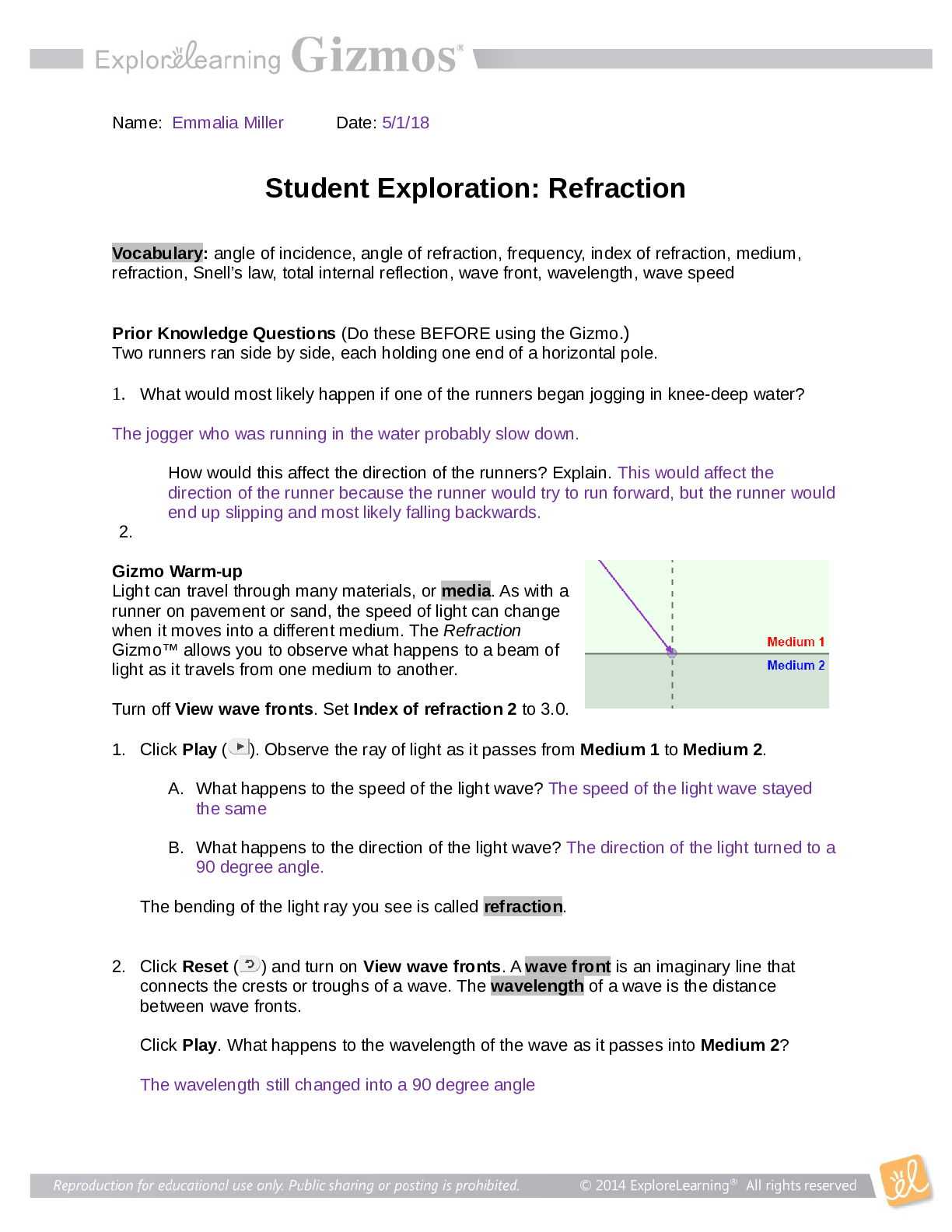
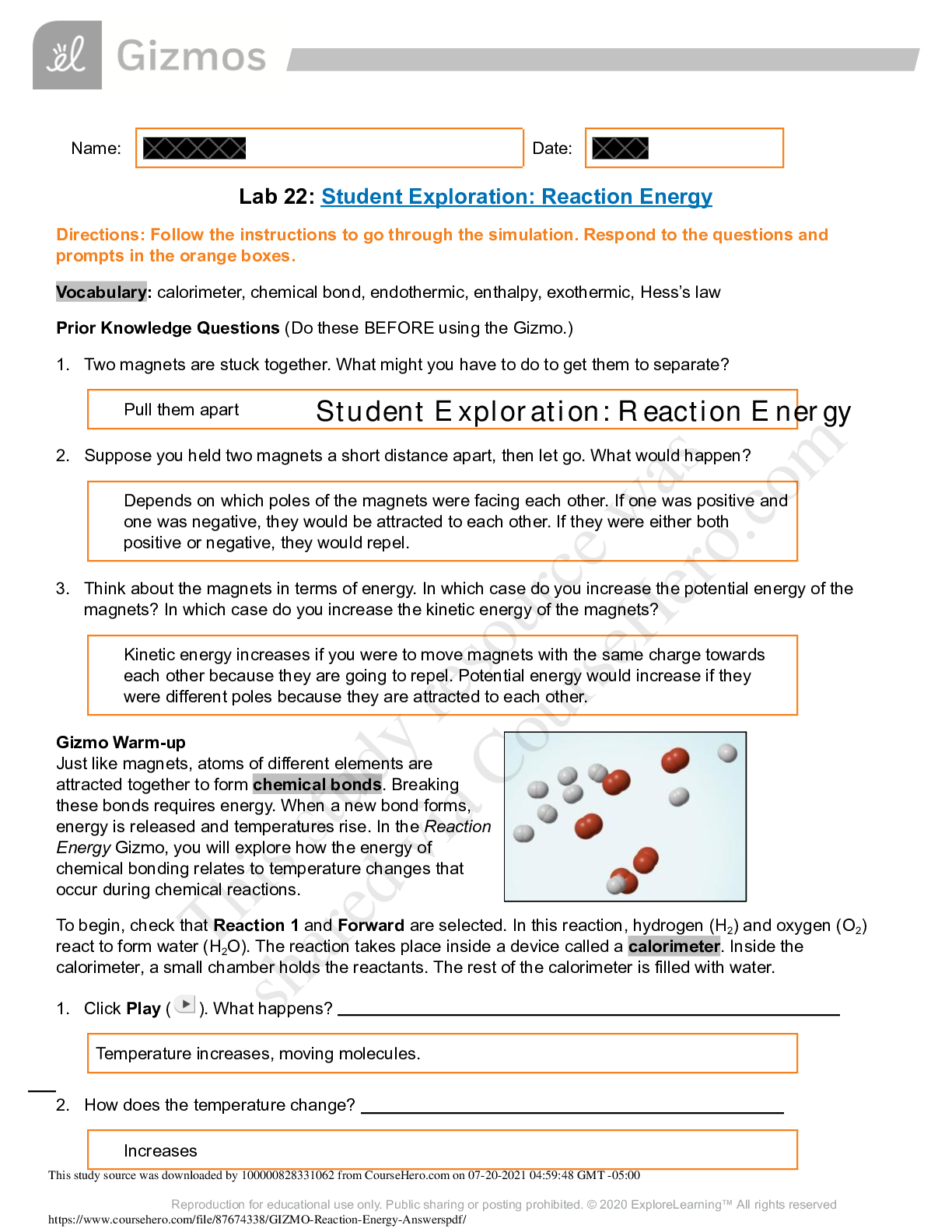
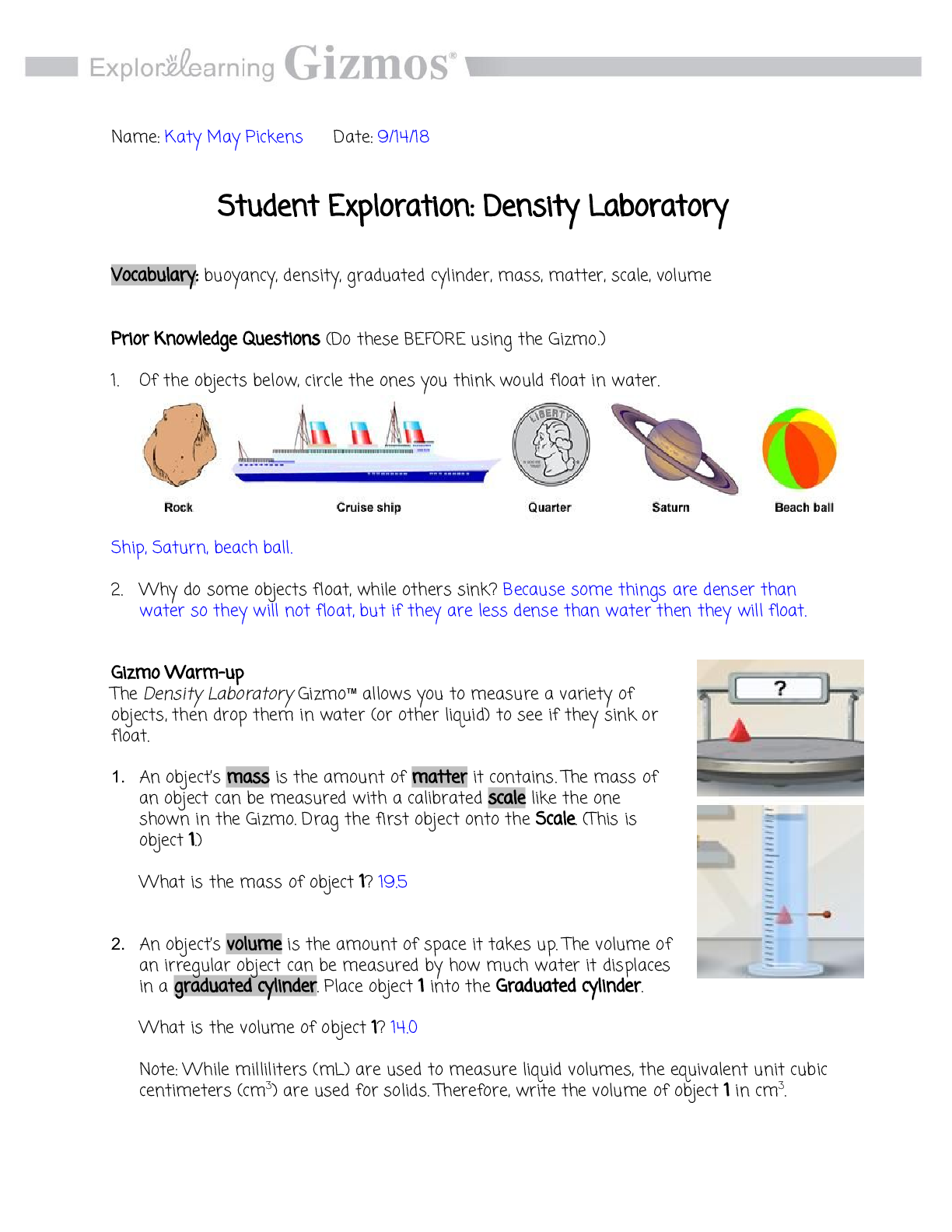
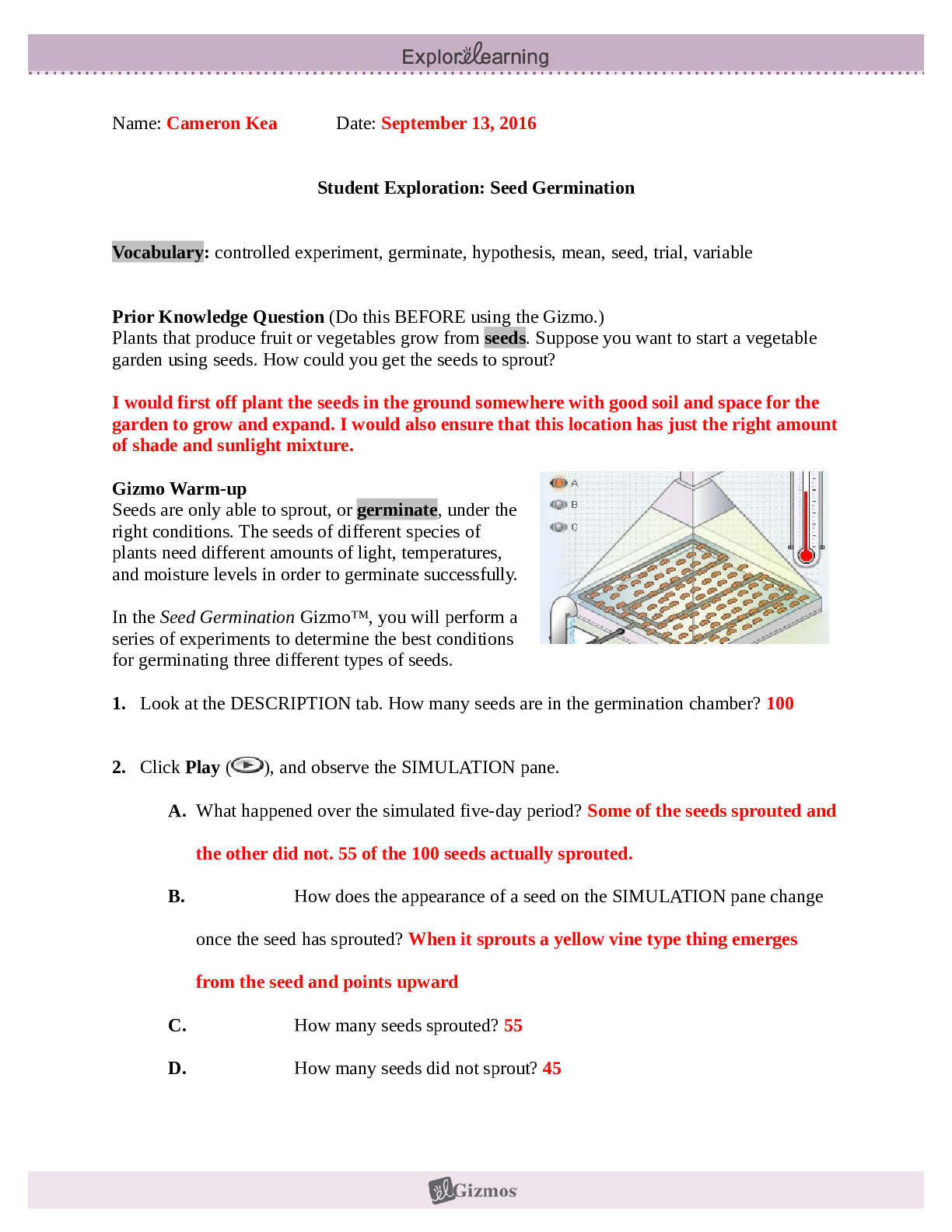
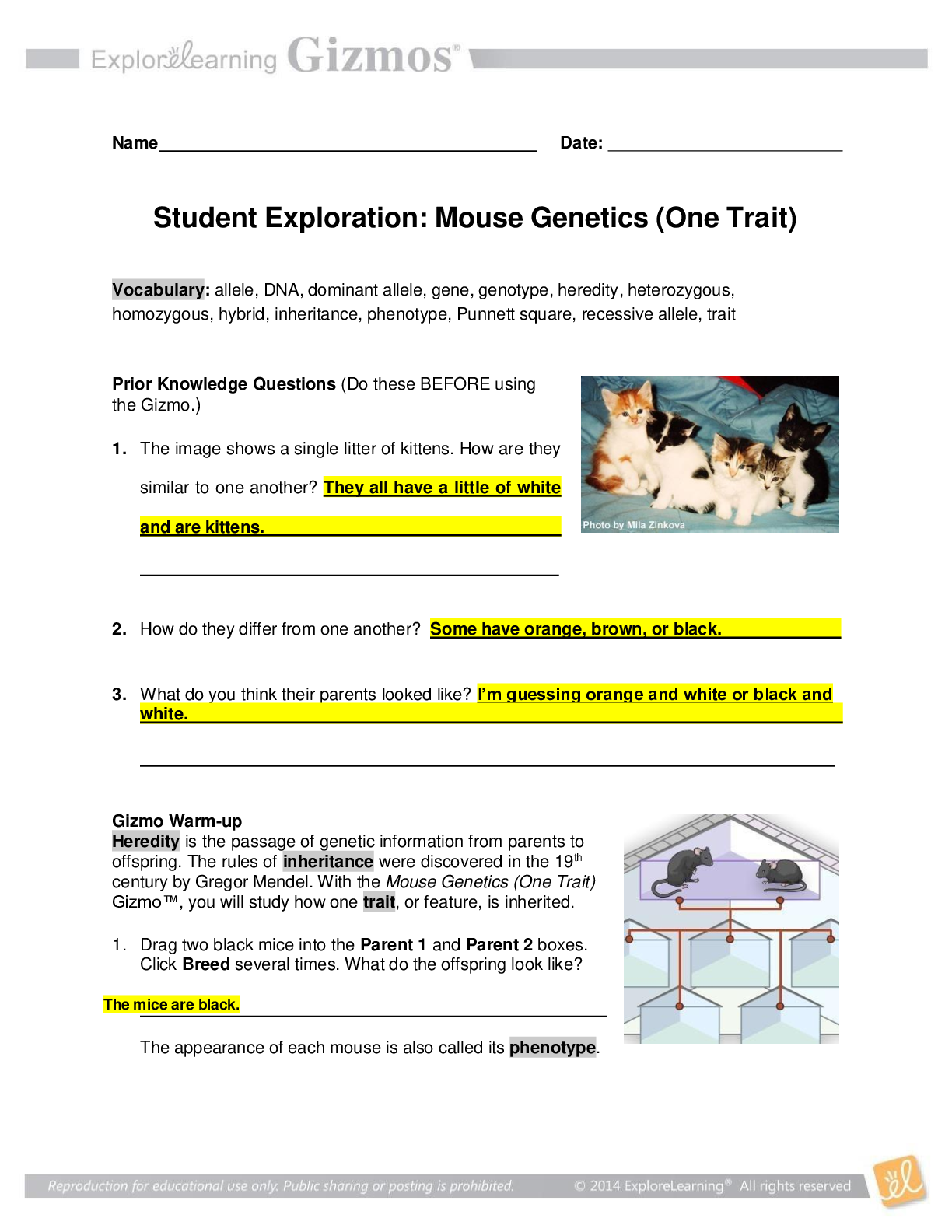
.png)
